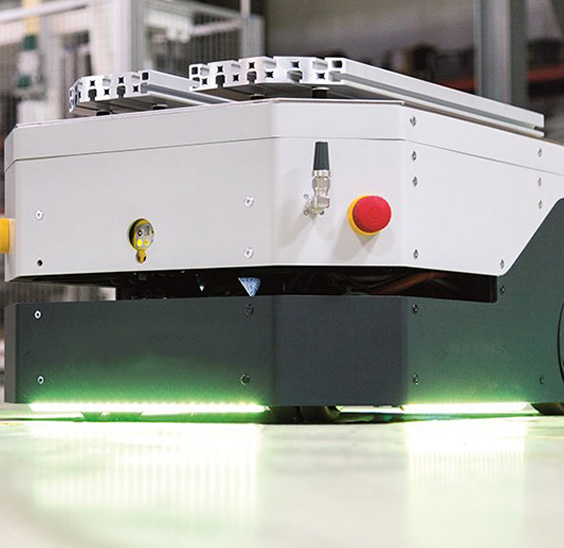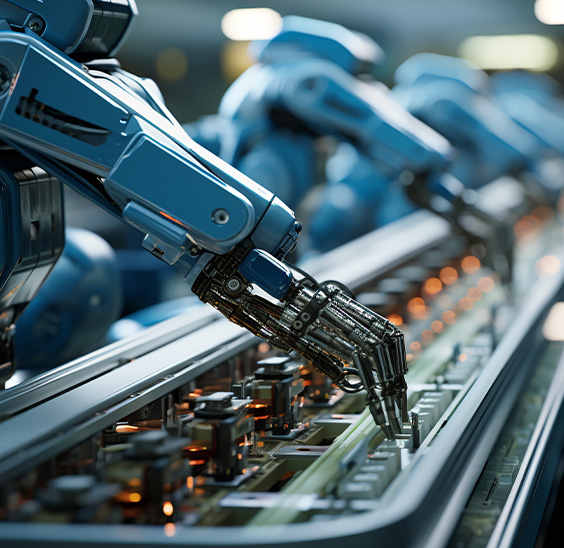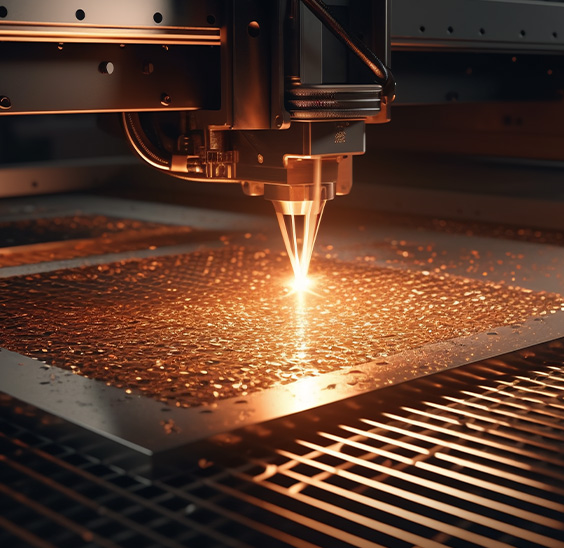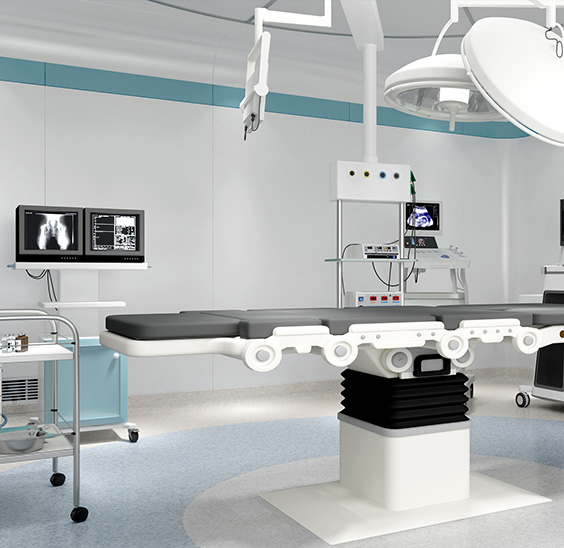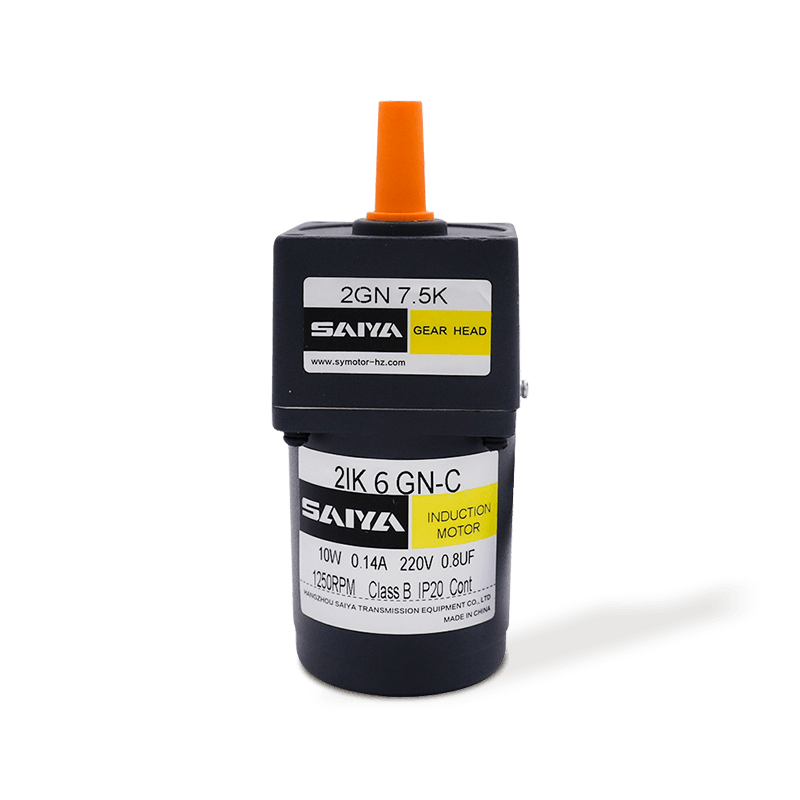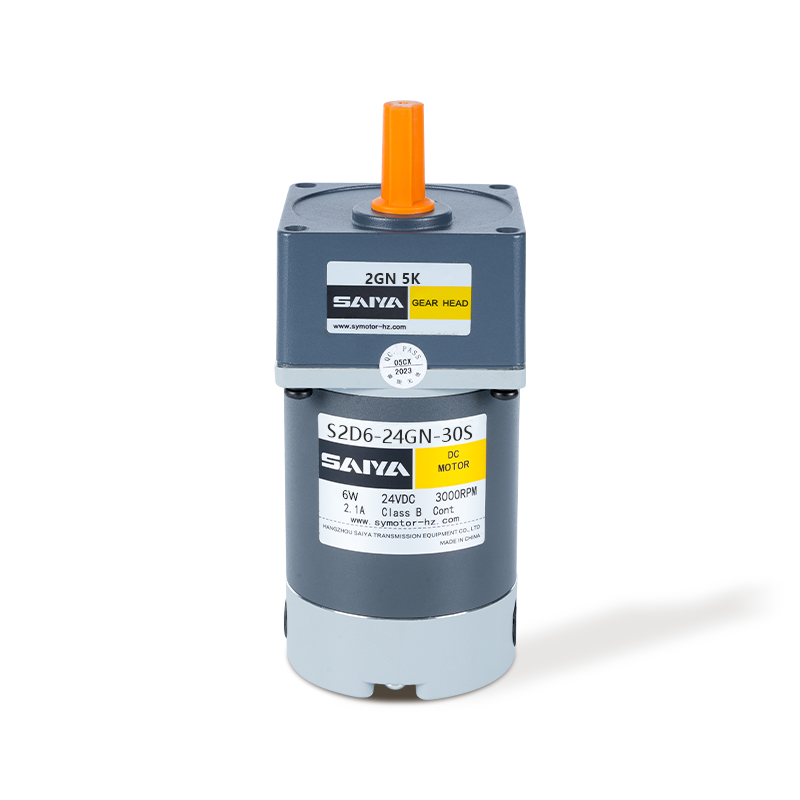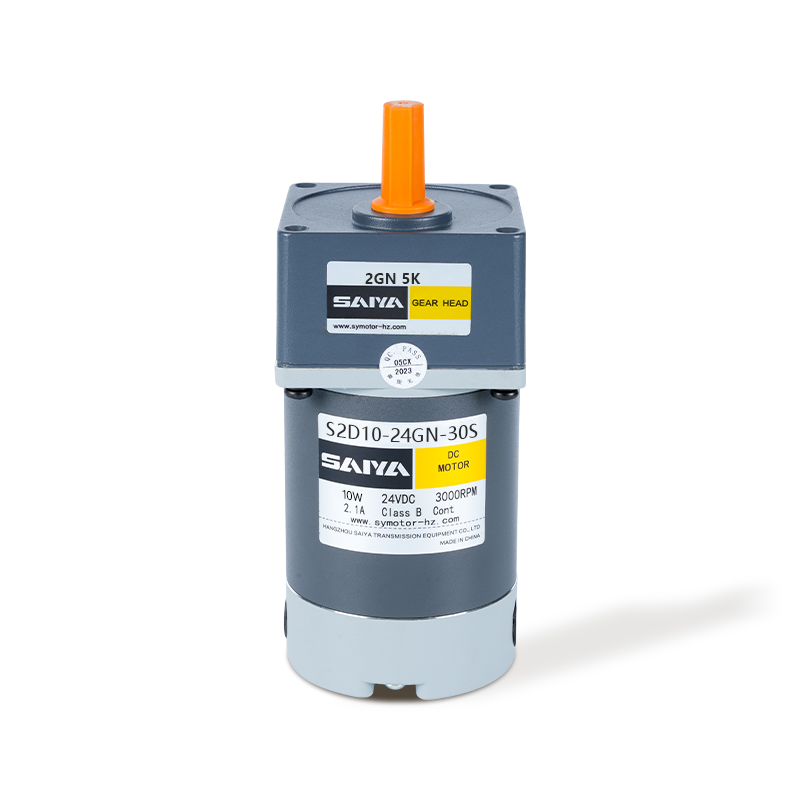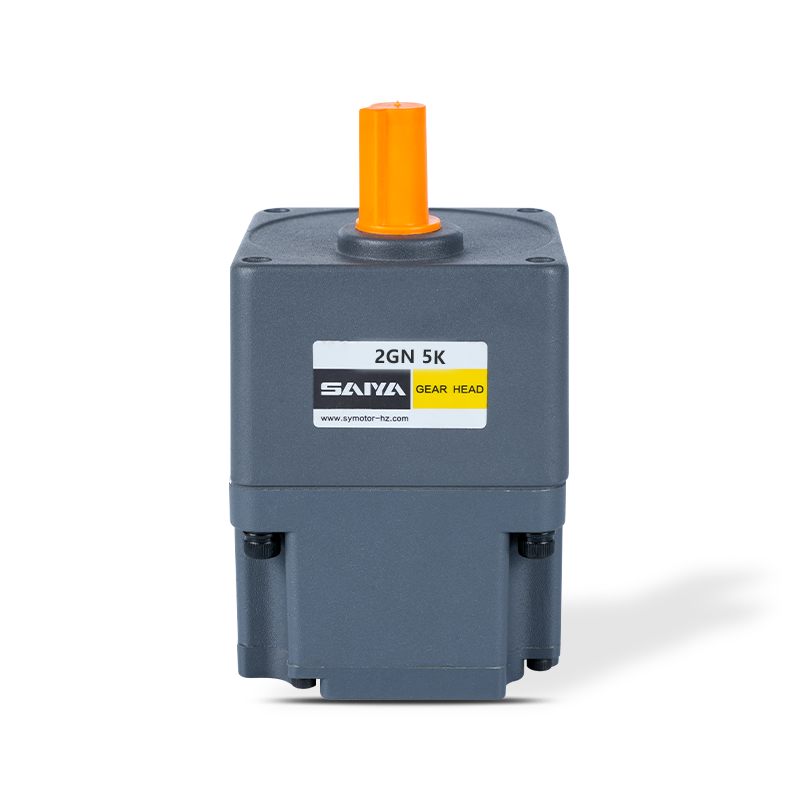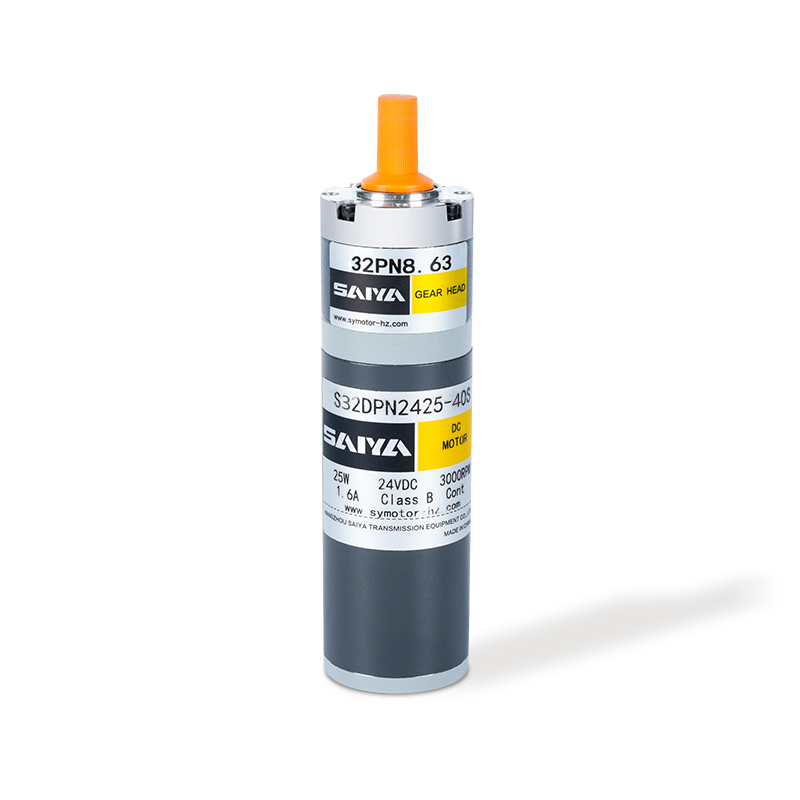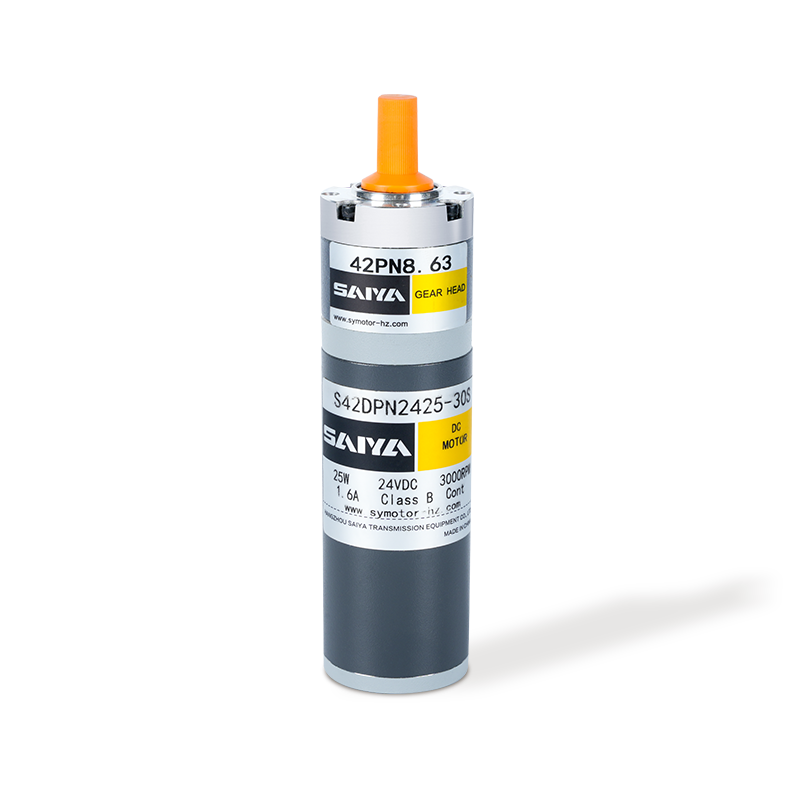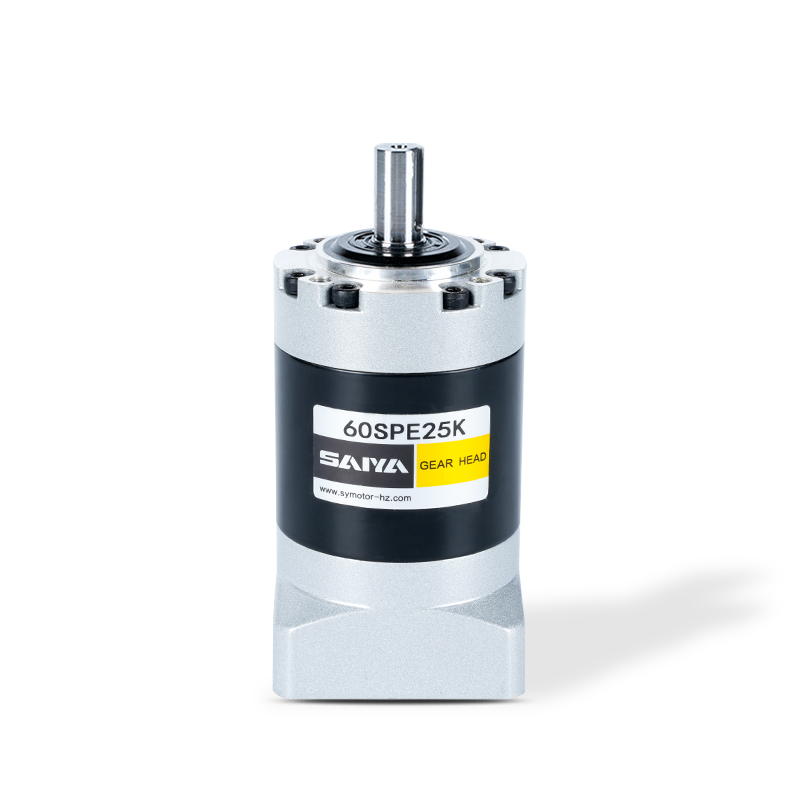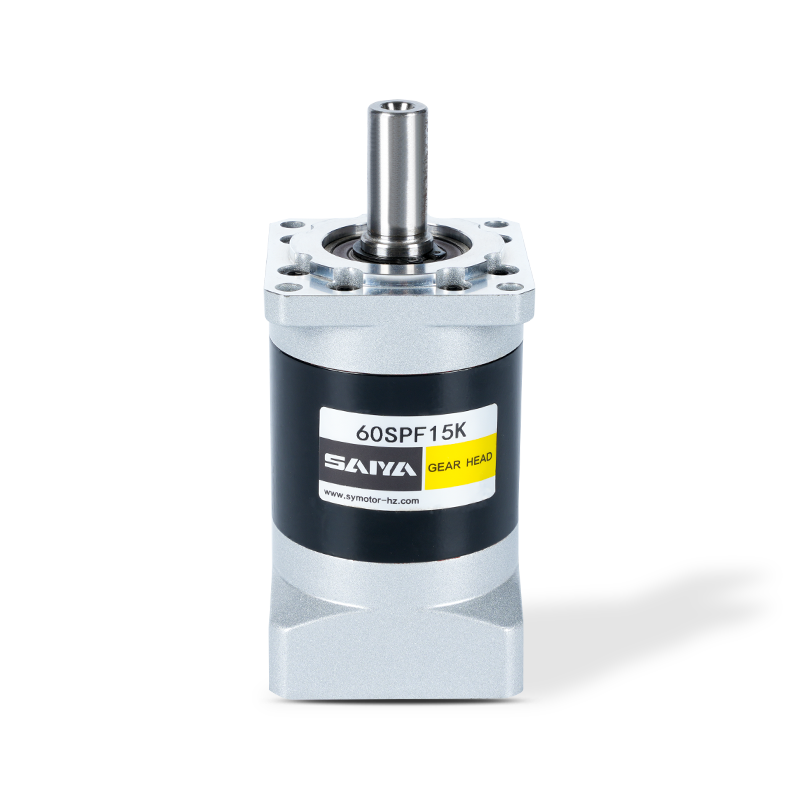A Complete Analysis of the Planetary Gear Motor: The Core of High-Torque Drives
As modern mechanical systems and automated equipment increasingly pursue miniaturization, high efficiency, and precise control, planetary gear motors (PGMs), as core power transmission units, are being widely used in robotics, medical equipment, automated factories, aerospace, and other fields due to their high torque density, compact structure, and stable transmission characteristics. This motor system, with its unique structural principle and excellent power output, is gradually becoming the mainstream choice for precision power transmission.
Structural Advantages: A Compact and Powerful Power Transmission Solution
The core structure of a planetary gear motor is derived from a planetary gear system, a compound gear transmission device consisting of three basic components: a sun gear, planetary gears, and an internal ring gear. Its unique feature is that multiple planetary gears rotate around the sun gear and simultaneously mesh with the internal ring gear, forming a multi-point contact and uniform force transmission network. This structure significantly improves the system's torque output and transmission efficiency, while effectively reducing size and achieving a high-power density design.
Compared to traditional fixed-axis gearbox structures, planetary gear systems offer extremely high alignment and coaxiality, ensuring output shaft stability and consistency. Because multiple gears share the load, the system's shock resistance and lifespan are significantly improved. The compact and robust design of planetary gear motors is particularly important in space-constrained applications.

Precise Control: The Cornerstone of High-Performance Drive Systems
Planetary gear motors offer not only structural advantages but also exceptionally precise and responsive operation. In motor drive systems, torque and speed control are crucial. Planetary gear systems, through high-precision gear matching and low backlash, ensure stable and controllable output, making them particularly suitable for demanding applications such as servo control and position control.
Combining planetary gear sets with varying numbers of stages allows for flexible implementation of various reduction ratios, precisely matching the power requirements of various operating conditions. Whether in fast-starting industrial robotic arms or low-speed, high-torque conveying equipment, planetary gear motors provide highly adaptable power solutions. Furthermore, their low noise and vibration characteristics provide a foundation for quieter and more stable operation in automated production environments.
Technical Challenges: The Complexity of High-Precision Manufacturing and Material Matching
Despite their numerous advantages, planetary gear motors also present a number of technical challenges during manufacturing. Planetary gear sets place extremely high demands on the coaxiality and meshing accuracy of their components. Any slight deviation can cause unstable operation, tooth surface damage, or even system failure. Therefore, advanced CNC machining equipment and high-precision assembly processes are indispensable.
Material selection and heat treatment processes are also key factors influencing the performance of planetary gear motors. To withstand high loads and maintain long service life, gears typically require alloys with an optimal balance of strength, hardness, and toughness. Heat treatment processes such as carburizing and quenching are also used to optimize tooth surface properties. In high-end applications, powder metallurgy, composite materials, or coatings may even be used to further enhance wear resistance and lubricity.
Diverse Applications: From Industrial Manufacturing to Future Technology
As the performance requirements of power systems continue to rise across various industries, the application areas of planetary gear motors are rapidly expanding. In intelligent manufacturing, they are widely used in AGVs, industrial robotic arms, and automated conveying systems, fulfilling the important tasks of high-precision positioning and stable drive. Medical devices, especially surgical robots and rehabilitation assistive devices, place extremely high demands on drive units with compact size, low noise, and precise control. Planetary gear motors precisely meet these requirements.

In the aerospace and military sectors, motor system reliability and weight control pose even greater challenges. With their high power density and stable output, planetary gear motors have become key components in flight control systems and precision actuators. Even in consumer electronics and smart homes, devices such as electric curtains, automatic door locks, and small drones are increasingly adopting miniaturized planetary gear motors to enhance user experience.
As a key representative of modern precision transmission technology, planetary gear motors, with their powerful performance, flexible structure, and wide applicability, are profoundly influencing the development of various high-end manufacturing and intelligent devices. From industrial automation to future technologies, planetary gear motors are not only the "power heart" of mechanical systems but also a key force driving technological change and industrial upgrading. In the new era of intelligent manufacturing and green energy, their technological evolution will continue to lead the way in efficient power systems.


 EN
EN  English
English 中文简体
中文简体 русский
русский Español
Español
